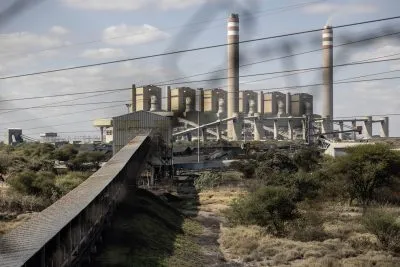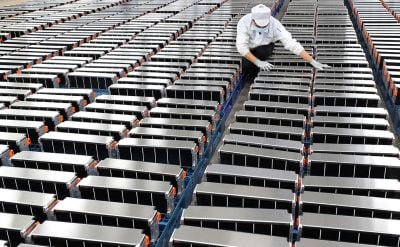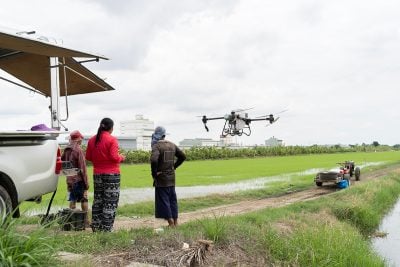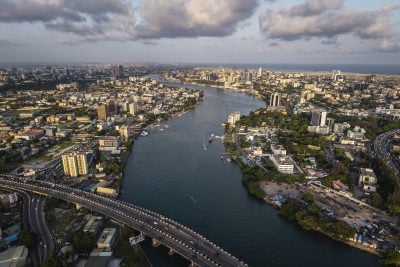Earlier this year in Zambia, a toxic spill from a copper mine poisoned the Kafue River, cutting off water supplies and devastating local communities. This stark incident lays bare a painful truth: Africa’s vast mineral wealth is too often a source of harm rather than hope.
Southern Africa sitting on enormous reserves of lithium, cobalt, copper, and graphite – all essential to the global green energy transition – still struggles with energy poverty and inequality with more than 100 million people in the region living without electricity. While the world rushes to secure Africa’s critical minerals, the prevailing extractive model remains stuck in old patterns, exporting raw materials and leaving nations trapped in cycles of poverty and environmental degradation.
As the 45th SADC Summit approaches, Southern Africa stands at a crossroads. This moment demands more than ambitious targets and frameworks – it calls for practical regional cooperation that can truly transform mineral wealth into shared prosperity.
Energy and trade policies are not serving Africa
Africa holds roughly 30% of the world’s largest mineral reserves, including 70% of cobalt. According to a recent Publish What You Pay report on How can Africa make the most of its transition minerals (2024), coordinated regional action could boost Africa’s GDP by $24bn annually and create at least 2.3 million jobs. Yet fragmented policies and destructive competition among countries undermine these opportunities.
As the world experiences a surge of economic, political and environmental crises, their inter-connectedness has become undeniable. The same system that is deepening economic inequality and energy poverty is also accelerating a widespread environmental crisis. African countries are seeking to transition away from fossil fuels but unbalanced agreements, restrictive market practices along with historically embedded inequalities have confined the continent to the role of raw materials supplier for the world. This model leaves little room for developing green industries development, diversifying economies or delivering social benefits while instead maximizing gains for richer nations.
Like the rest of Africa, the SADC region has long been held back from realising its full potential with global economic models rooted in heavy extraction patterns where Africa supplies the world while its communities remain without reliable electricity and decent work. This current model is failing African economies. Worse, it is not giving them a chance to engage fairly in trade and business practices that generate value for their communities, let alone to thrive as nations. We must find the courage to recognise that this is a crucial time to re-balance power dynamics and that effective leadership from Southern Africa’s Heads of States is required to co-create new foundations for a just and robust development across the continent.
Why cooperation matters
This is a crucial and defining moment where Africa has the opportunity to shift gears and shape its own future based on its true needs, aspirations and potential.
Currently, countries often compete against each other to attract investors, weakening their bargaining power and locking themselves into exporting raw materials without capturing real value. Without a unified approach, Africa risks being sidelined again in the global green economy, as mere suppliers rather than rightful leaders.
Practical regional cooperation can break this cycle by harmonising policies, pooling infrastructure and coordinating value chains. Imagine a Southern Africa where a country rich in minerals partners with neighbours boasting processing capacity, linked by shared energy grids and transport corridors. Together, they could negotiate trade deals from a position of strength, set joint environmental and labor standards, and most importantly, ensure that benefits reach local communities.
SADC’s goal to raise renewable energy’s share to 35% by 2030 is a positive step, but it won’t be enough alone. Regional cooperation can create interconnected mineral value chains anchored by frameworks like the African Continental Free Trade Area (AfCFTA). This means shared geological data, regional investment portals and cross-border power transmission lines, all working in concert to build industries that serve Africa’s development needs.
Such unity would position Southern Africa not just as a mineral supplier but as a hub for green industrialization, job creation and energy access. It would reverse energy poverty and protect communities from the harms of extractivism.
A call to SADC leaders
Nations and experts around the world now turn to Africa to find solutions to solve the pressing issues related to climate and energy generation. A robust and sustainable change for the world can only be carried out through considering African regional economic communities as equal partners and active contributors to create a win-win situation for all involved parties.
The challenge now thus falls squarely on the shoulders of Southern African leaders. No single country can achieve this transformation alone. Coordinated strategies on trade, investment, and infrastructure are critical to building resilient value chains and safeguarding long-term interests.
Minerals must also power African transformation, shifting from extraction-for-export to public-led investment in cleaner energy and sustainable industries. Leaders must act decisively, speaking with one voice to negotiate fair global trade deals and prioritize the well-being of their people.
Equally important is ensuring the transition reaches communities on the ground. A just green transition means not only better deals but better lives: electricity access, decent jobs, climate resilience and social well-being. Local people should have a say in stewarding resources for future generations.
Africa’s mineral wealth holds the promise of a new industrial revolution but only if harnessed through unity and shared purpose. The vision is clear and the policies needed to turn this abundance into regional industrialisation, fiscal integration and social equity are all mapped out.
What we need at present is rapid collective action. The time is now for SADC nations to turn the tide – By working together, they can rewrite Africa’s story, from passive resource suppliers to active architects of a green, just and prosperous future for their people and the world.
Want to continue reading? Subscribe today.
You've read all your free articles for this month! Subscribe now to enjoy full access to our content.
Digital Monthly
£8.00 / month
Receive full unlimited access to our articles, opinions, podcasts and more.
Digital Yearly
£70.00 / year
Our best value offer - save £26 and gain access to all of our digital content for an entire year!

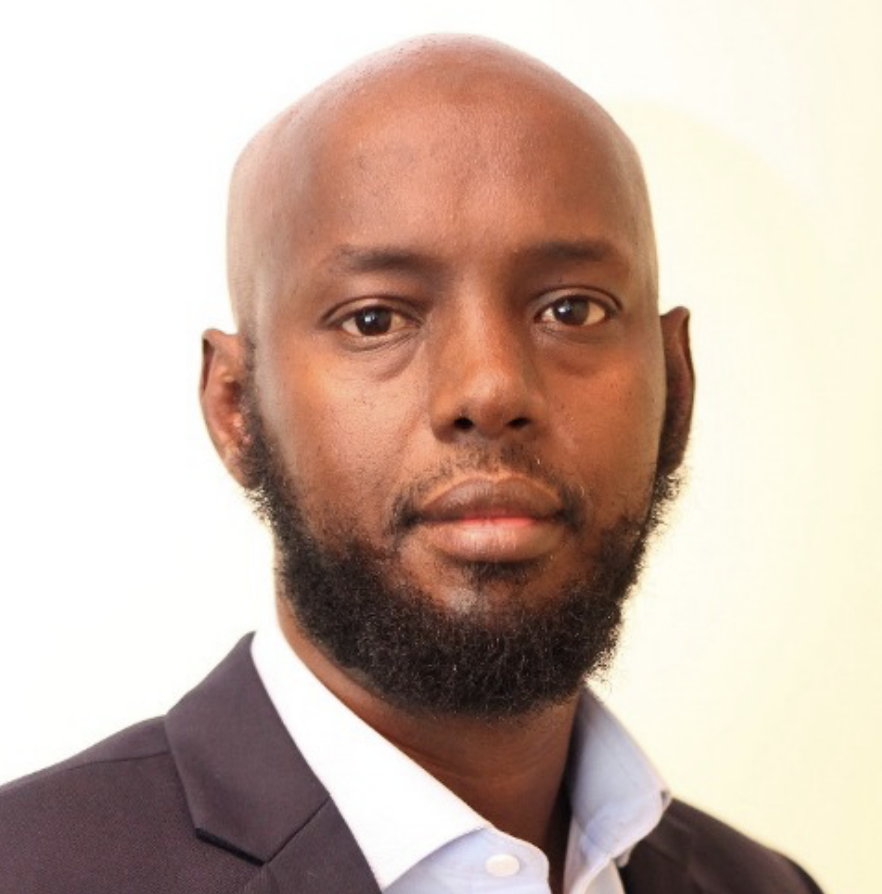
 Sign in with Google
Sign in with Google 
